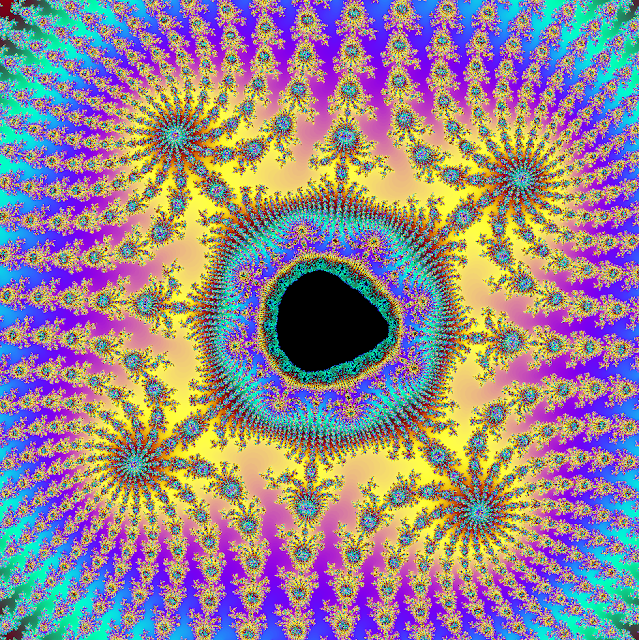A couple of years ago, Brian and I made a Halloween board game. While it would be impossible to give exact directions on how to make a board game since there are so many different things you can do with games, here are some tips to help you get started, using Brian's and my board game as an example.
Materials I used:
*Photo paper
*Camera
*Paint (computer program)
*Microsoft Publisher
*Mounting squares
*Grocery store pizza box
*Printer paper
*Cardstock
Directions:
*Choose a theme. Brian and I decided that we wanted a spooky Halloween game.
*Determine the object of the game. What is it that a player will have to do to win the game? For our game, we decided that the winning player would have to escape from a ghoul infested cemetery.
*Start thinking about the layout of your game board. What will the path look like? Will you have any special squares? Brian and I have squares that require players to draw a card, that instruct players to take a particular shortcut, that turn players into monsters, and that turn players human again, among others. We had special "open grave" squares that if a player landed on one, she or he would lose a turn.
*Many board games involve cards. If you would like to include a deck of cards in your game, ask yourself what type of tools your cards will afford players. What can they do to aid a player and what can they do to thwart a player? In our game, we have cards that require players to move forward or backward and to move to special squares, we have cards that will turn a player into a monster, and we have cards that will turn a monster player human again.
*Once you have outlined a basic concept for your game, it's time to start thinking about the mechanics and the graphics of your game. Will players roll dice to determine their movement, or is there some other mechanism you would like to use to determine the distance players travel? What kind of images will you use on your game board and on your deck of cards (if you are including a deck of cards)? What will you make your tokens out of? What are the maximum and minimum numbers of people who can play your game? Brian and I used a die in our game and we used images of tombstones and other cemetery related imagery. We used paper tokens; the human ones Brian drew and the monster ones we printed from this site. Our game is designed for 2-4 players.
*Now it's time to start designing your game. How you go about it is really up to you. Brian and I designed all of our graphics in Paint, with the exception of the grass and the rocks. We photographed the rocks and the grass that we used as our board game. After creating all of our images, we put the game board together in Microsoft Publisher and we used Microsoft Publisher to put together the images on the cards as well. We then printed the game board onto a couple of sheets of photo paper and adhered it to cardboard obtained from a grocery store frozen pizza box.
*Write up a set of rules for your game so that others can understand how your game works. This may also help you tie up some loose ends that you may not have thought about before. For example, you may want to write down a note about whether two players can occupy the same space at once and if not, what happens when two players land on the same square?
If you would like to see Brian's and my game in action, check it out here or on YouTube!
















